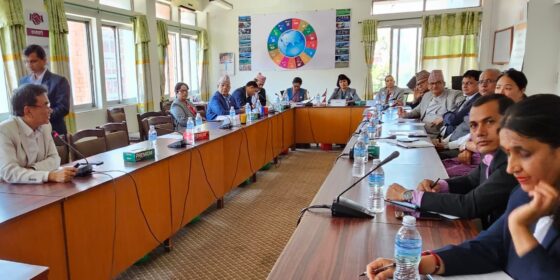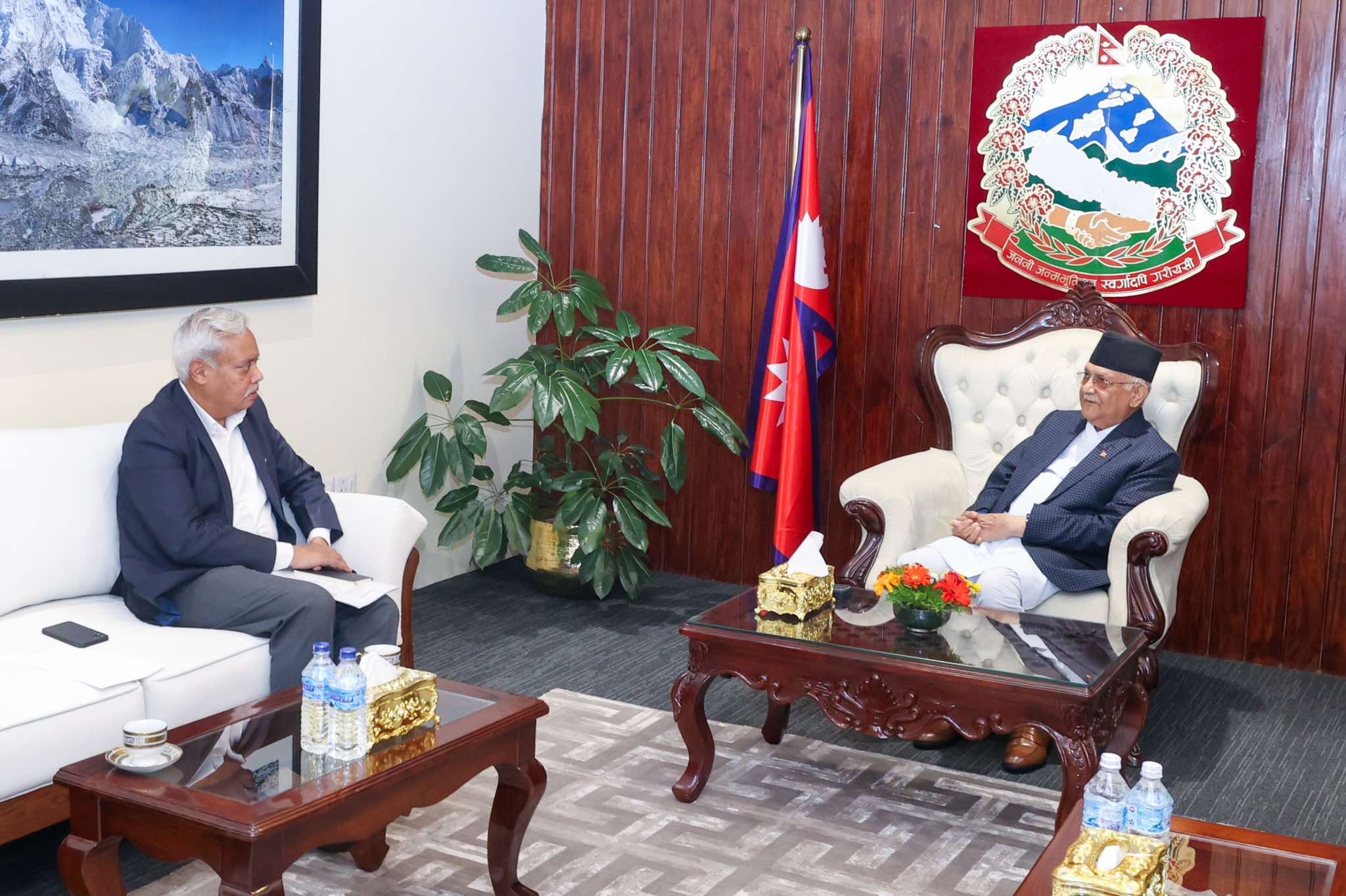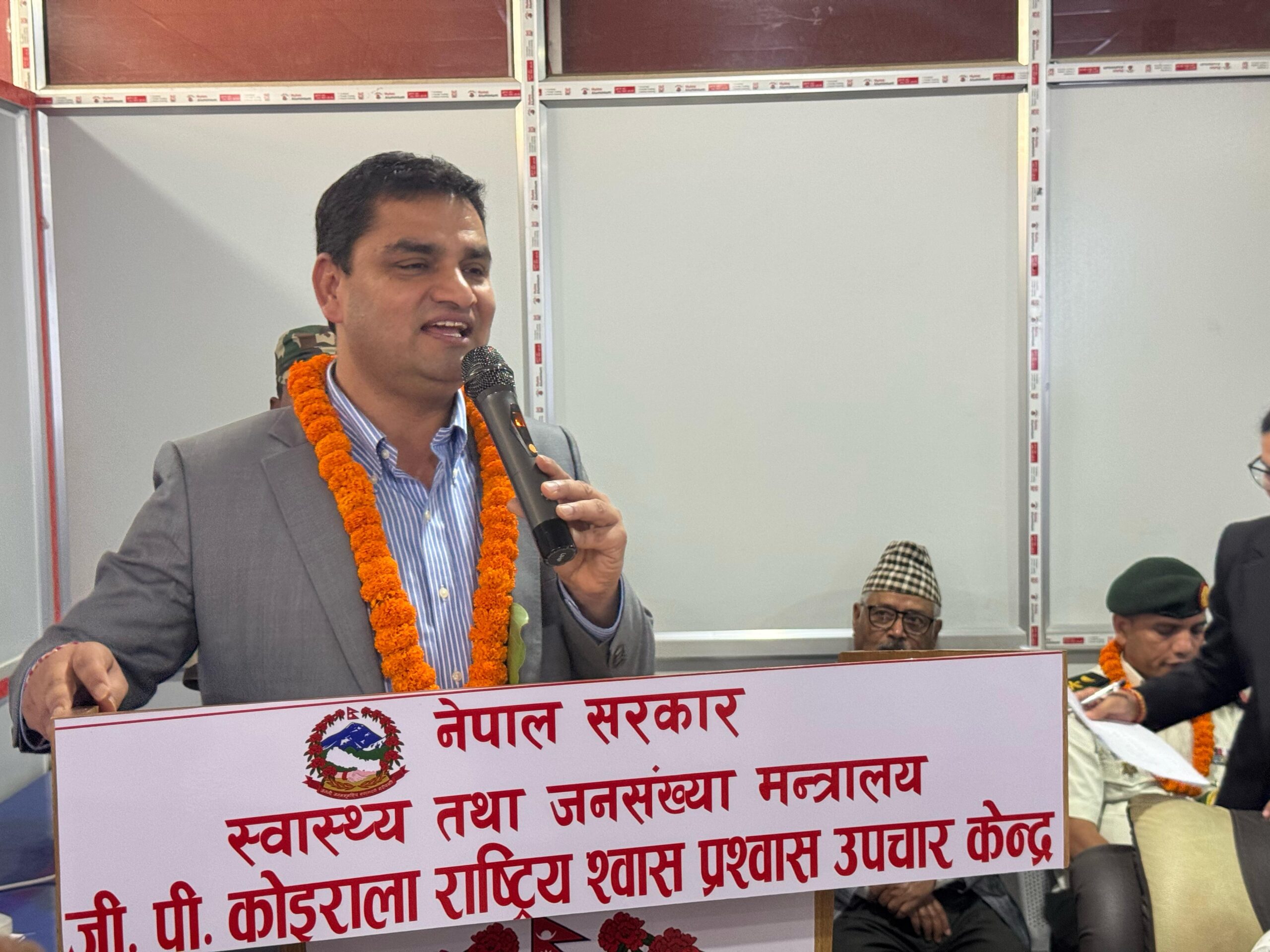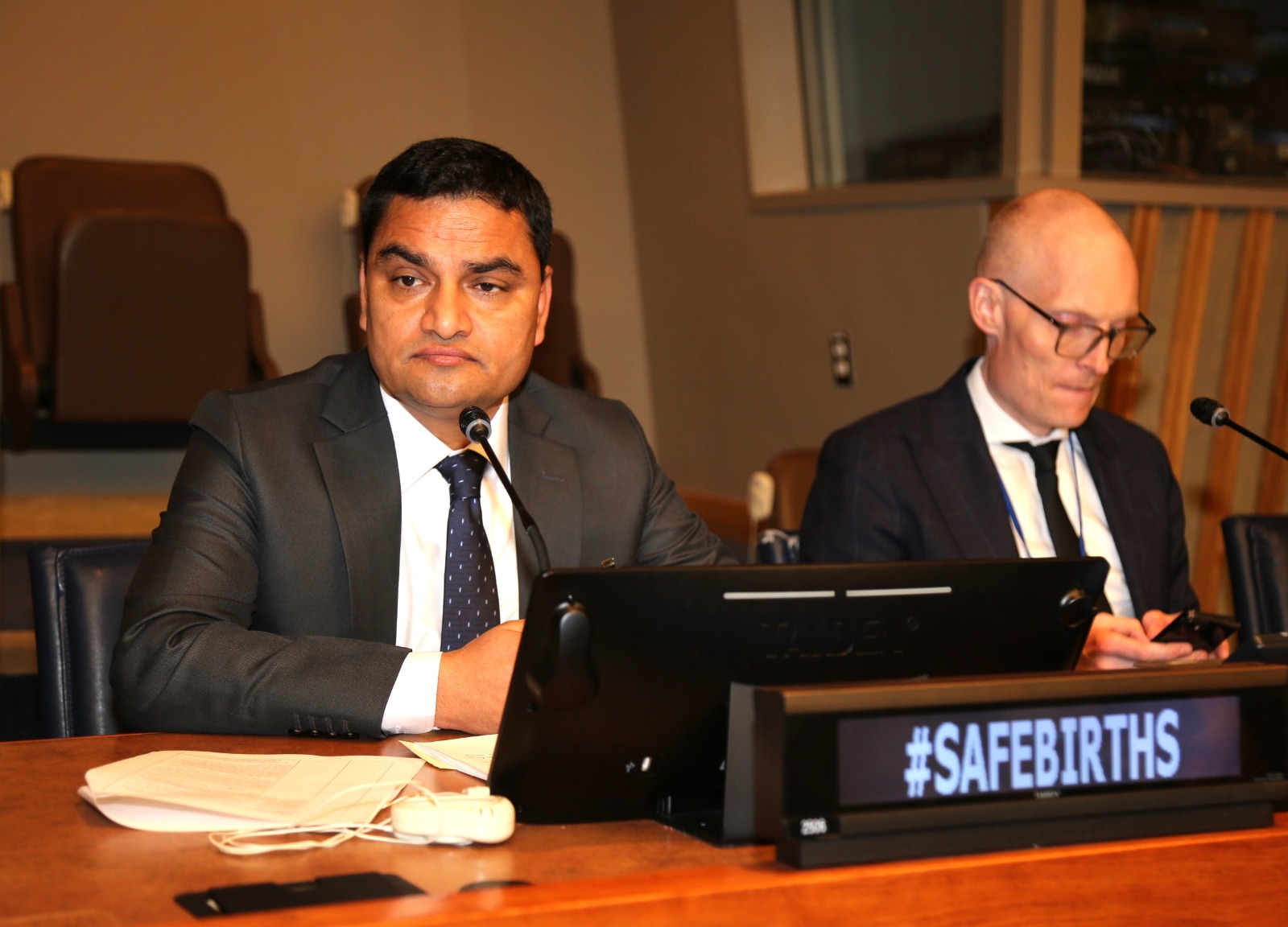
Kathmandu: Concern has been raised by stakeholders over the lack of significant progress in reducing maternal and infant mortality rates in Nepal. During a discussion organized by the Sustainable Development Subcommittee under the National Assembly’s Development, Economic Affairs, and Good Governance Committee, participants emphasized the need for model programs tailored to Nepal’s society and awareness levels to address these issues.
The current maternal and infant mortality rates are alarming, attributed to a lack of public awareness, economic challenges, and geographic remoteness. Stakeholders suggested that implementing targeted programs could reduce these rates from double digits to single digits. The discussion highlighted the necessity of developing plans to lower the maternal mortality rate from 258 per 100,000 live births, with a target of reducing it to 70 by 2030. Similarly, the infant mortality rate, currently at 39 per 1,000 live births, with a target of reducing it to 70 by 2030. Similarly, the infant mortality rate, currently at 39 per 1,000 live births, is targeted to be reduced to 20.
Around 50% of local governments are working towards reducing maternal mortality to zero, and there is a push to extend these efforts nationwide. Speaking at the event, National Assembly Vice Chairperson Bimala Ghimire emphasized that maternal and infant mortality rates have become a significant challenge for the state, urging a coordinated effort among federal, provincial, and local governments.
Development, Economic Affairs, and Good Governance Committee Chairperson Kamala Pant noted that the National Assembly has already passed a resolution on sustainable development goals, and expressed hope that the knowledge gained from new research in the health sector would set an example for the world.
Sustainable Development Subcommittee Coordinator Dr. Anjan Shakya highlighted that ensuring good health and promoting a prosperous life for all age groups is central to the Sustainable Development Goals (SDG) and urged collaboration to achieve these objectives.
Similarly, committee member Bamdev Gautam called for policies to support the health and economic needs of mothers and infants, especially from economically disadvantaged families, for at least three years. Member Savitra Malla emphasized the need for effective local programs, such as meetings between pregnant women and elected representatives.
Committee Secretary Rozanath Pandey pointed out that a pilot project in Kapilvastu district, focusing on reducing maternal and infant mortality through digitalization, could be expanded to other districts and provinces if successful.
The discussion also featured contributions from National Planning Commission member Prof. Dr. RP Bichha, Health Ministry Additional Secretaries Dr. Bikash Devkota and Dr. Dipendra Raman Singh, who all stressed the importance of advancing the project. Nepal Health Research Council Chairperson Prof. Dr. Gehanath Baral, and representatives from the World Health Organization in Nepal, Dr. Rajesh Pandav and Dr. Pooja Pradhan, also expressed their commitment to supporting these initiatives.








